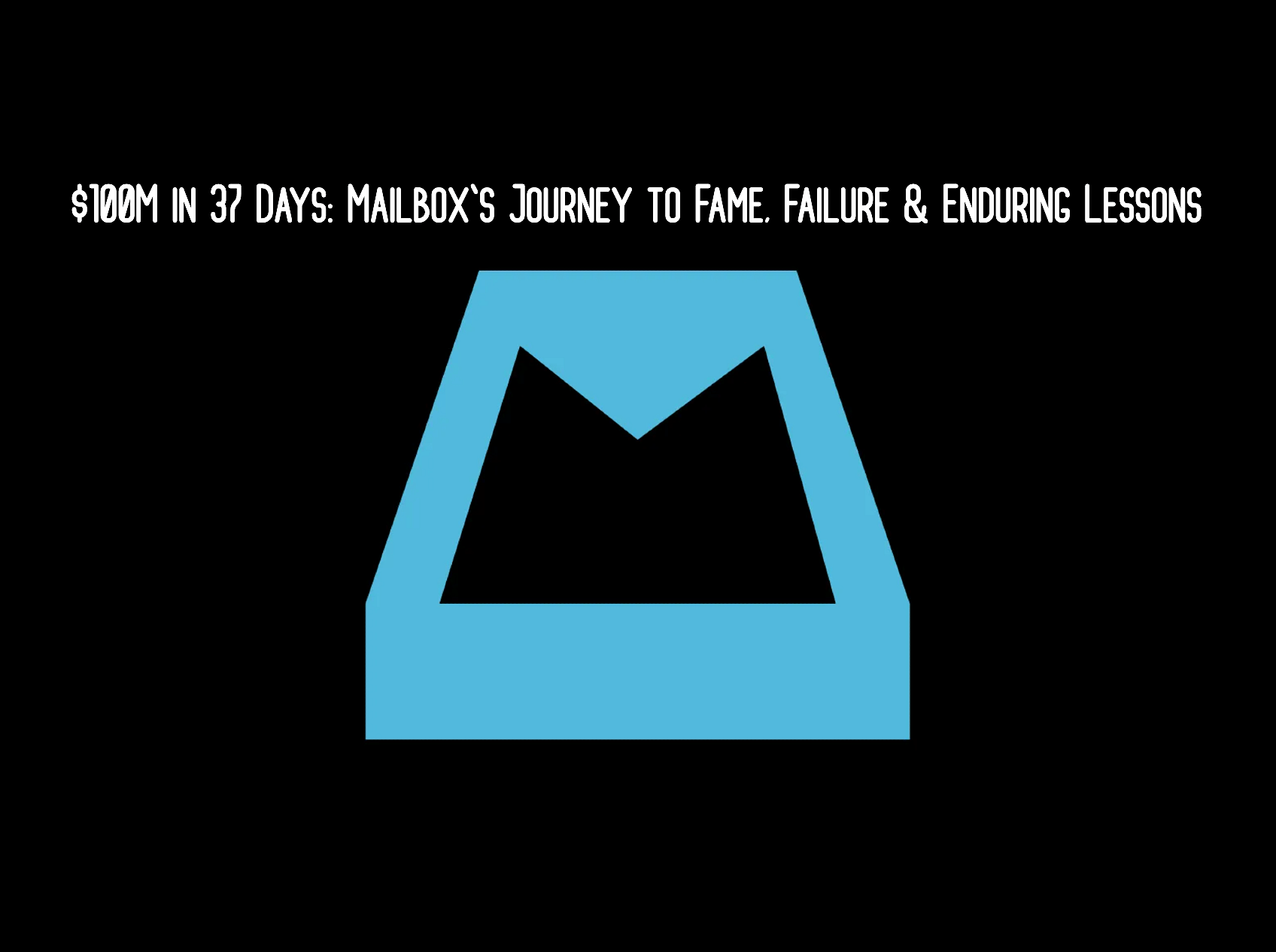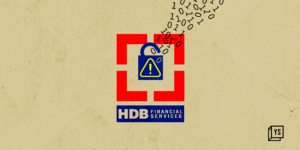In the world of tech startups, it is not uncommon to witness meteoric rises and dramatic falls. In this article, we will explore the wild story of Mailbox, an app that sold for $100 million only 37 days after its launch but ultimately failed. We’ll also highlight the key lessons startups can learn from Mailbox’s journey.
The Birth of Mailbox
Gentry Underwood and Scott Cannon launched Mailbox in early 2013, introducing three true innovations to the market: swipe gestures, email snoozing, and auto-swipe. Before the app’s launch, Mailbox employed a masterful velvet rope strategy that created a massive waitlist. They released a video showcasing never-before-seen features, which went viral and amassed 100k views in just four hours, sparking a buzz across social media.
The Hype Builds
As the hype built, over 800,000 people signed up for a sneak peek of the app, with Mailbox fuelling the excitement by displaying a live counter of individuals waiting to use the app. Although initially planning to charge $3 for the app, the founders changed their strategy after the video went viral and generated over 1 million views. To avoid server crashes and potential harm to the brand, they made the app available for free and introduced a slower access rate instead of charging users on the first day. This only added to the hype.
Dropbox Acquisition
After a month of extreme popularity, Mailbox had garnered 1.3 million reservations and was delivering 60 million messages per day. The app was struggling to keep up with the high demand, and Dropbox stepped in, acquiring Mailbox for an astounding $100 million. The entire Orchestra team behind the app joined Dropbox, with Underwood becoming the head of product and design for Dropbox’s collaboration products and Cannon becoming the head of engineering for Dropbox’s Paper product.
The Downfall of Mailbox
Despite its early success, Mailbox ultimately failed due to several factors:
- Copycats: Mailbox’s unique features were quickly copied by other email applications, diminishing its competitive edge.
- Strategy Misalignment: Mailbox wasn’t core to Dropbox’s business strategy, and continuing to invest resources in the app didn’t make sense for the company.
- No Clear Monetisation Path: Email is notoriously hard to monetise, as users are accustomed to not paying for it. This became an Achilles heel for Mailbox.
In 2016, Dropbox shut down the Mailbox app.
Post-Mailbox Ventures
The founders of Mailbox, Gentry Underwood and Scott Cannon, continued to work on other projects within Dropbox for a while before eventually leaving to pursue new ventures. Underwood co-founded a startup providing a productivity tool for sales professionals, while Cannon became the CTO of Lattice, a performance management platform for businesses.
Key Lessons for Startups
- Generate buzz: Use creative strategies to create anticipation around your product.
- Innovate: Develop unique features that differentiate you from competitors.
- Prepare for scalability: Ensure your infrastructure can handle rapid growth.
- Align with strategic partners: Ensure partnerships align with your vision and objectives.
- Establish a monetisation strategy: Develop a viable revenue model for long-term sustainability.
- Protect your intellectual property: Secure your innovations to maintain a competitive edge.
- Be adaptable and resilient: Pivot and adapt when faced with challenges or changing market conditions.
- Learn from failure: Embrace setbacks as opportunities to learn and refine your strategies.
The Mailbox story serves as a testament to both the potential for rapid success in the tech world and the harsh reality of sustaining that success. Despite its failure within Dropbox, the Mailbox team provided valuable innovations that are still in use today and taught us a masterclass in waitlist strategy. Their story remains a fascinating case study for startups and entrepreneurs alike.


![Read more about the article [Weekly funding roundup] Venture investments begin on a tepid note for month of March](https://blog.digitalsevaa.com/wp-content/uploads/2021/02/Weeklyimage-1577460362436-300x150.png)







